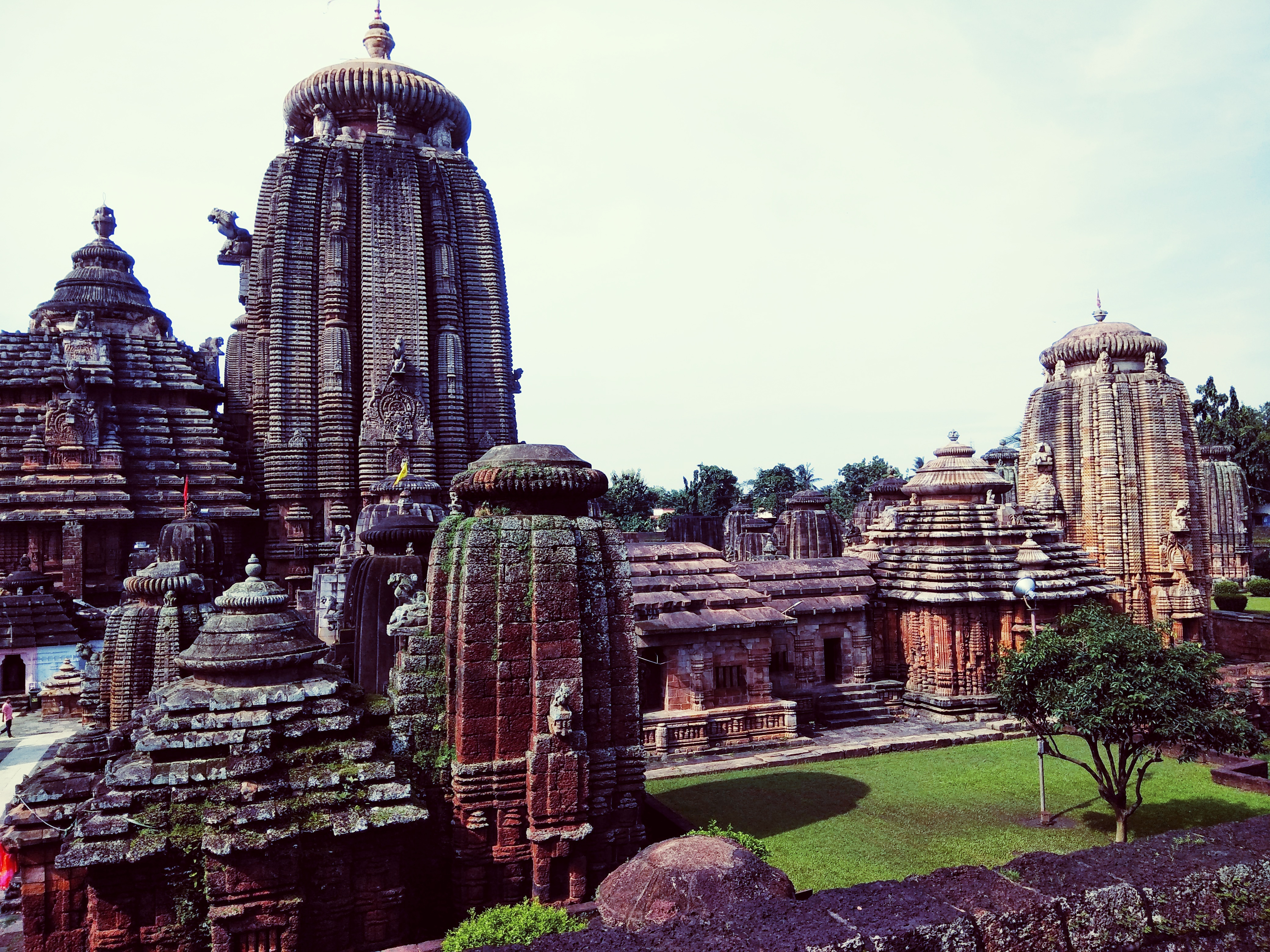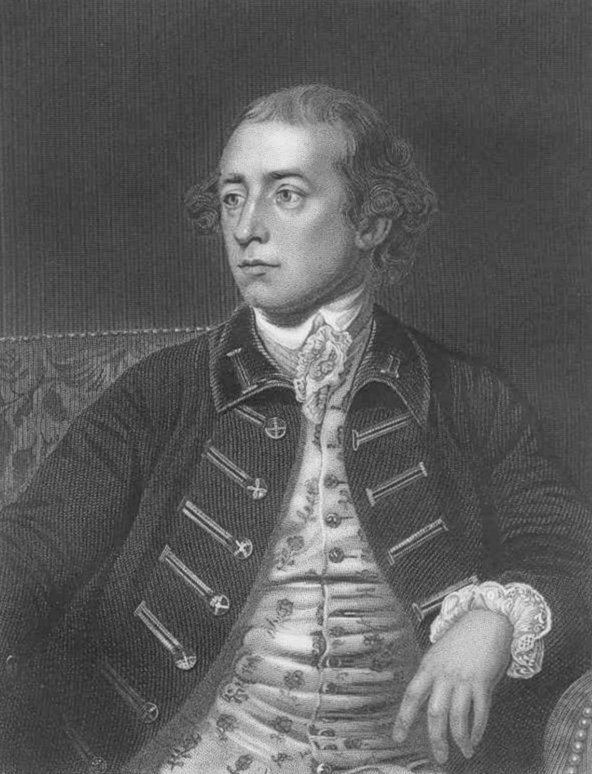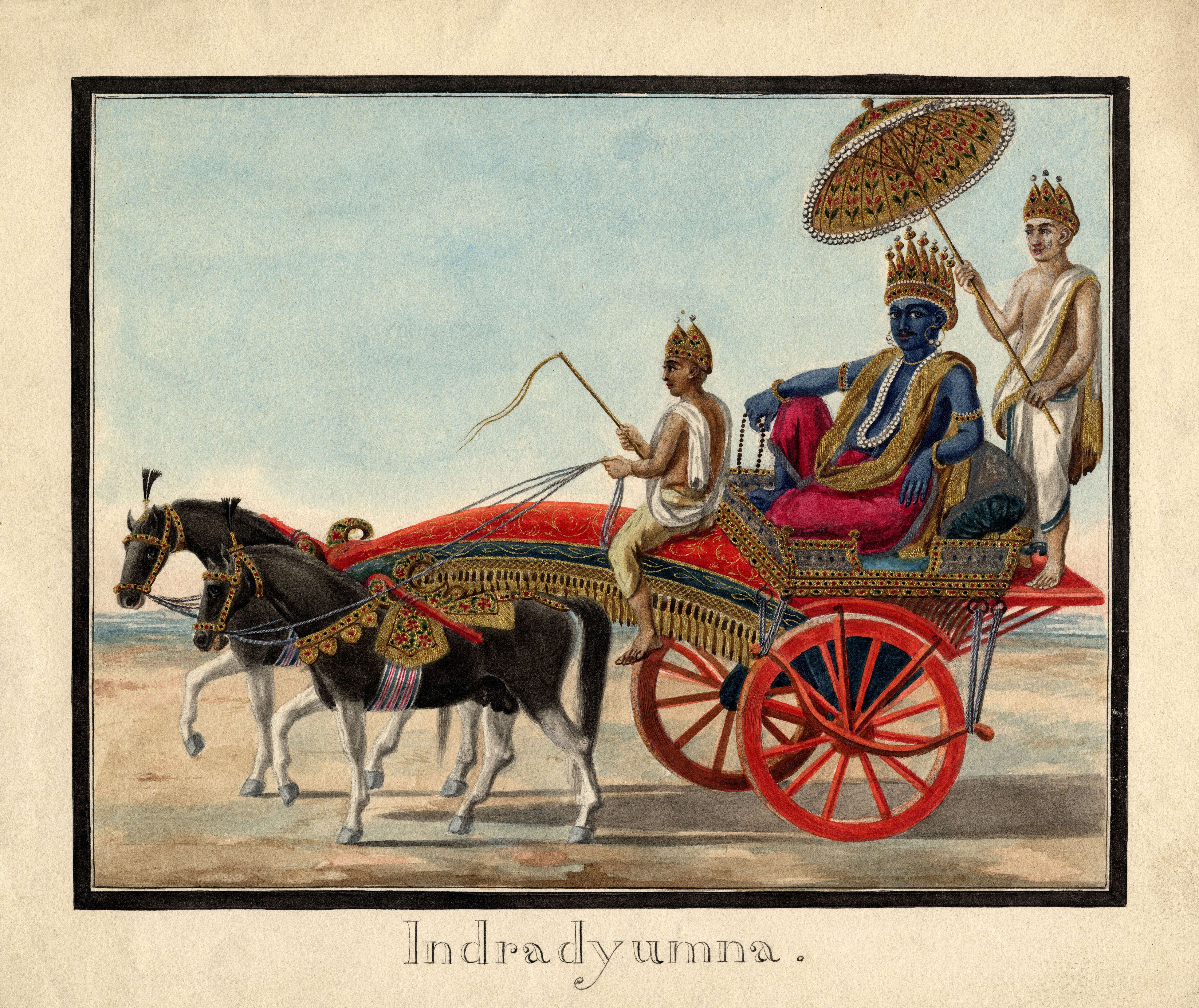|
Lingaraja Temple
Lingaraja Temple () is a Hindu temple dedicated to Shiva and is one of the oldest temples in Bhubaneswar, the capital of the Indian state of Odisha, India. The temple is the most prominent landmark of Bhubaneswar city and one of the major tourist attractions of the state. Shiva's consort and the temple's presiding Goddess, Parvati, is referred to as Annapurna or Girija. The Lingaraja temple is the largest temple in Bhubaneswar. The central tower of the temple is tall. The temple represents the quintessence of the Kalinga architecture and culminating the medieval stages of the architectural tradition at Bhubaneswar. The temple is believed to be built by the kings from the Somavaṃśī dynasty, Somavamsi dynasty, with later additions from the Eastern Ganga dynasty, Ganga rulers. The temple is built in the ''Deula'' style that has four components namely, ''vimana'' (structure containing the sanctum), ''jagamohana'' (assembly hall), ''natamandira'' (festival hall) and ''bhoga-mand ... [...More Info...] [...Related Items...] OR: [Wikipedia] [Google] [Baidu] |
Odisha
Odisha (), formerly Orissa (List of renamed places in India, the official name until 2011), is a States and union territories of India, state located in East India, Eastern India. It is the List of states and union territories of India by area, eighth-largest state by area, and the List of states and union territories of India by population, eleventh-largest by population, with over 41 million inhabitants. The state also has the third-largest population of Scheduled Castes and Scheduled Tribes, Scheduled Tribes in India. It neighbours the states of Jharkhand and West Bengal to the north, Chhattisgarh to the west, and Andhra Pradesh to the south. Odisha has a coastline of along the Bay of Bengal in the ''Indian Ocean''. The region is also known as Utkaḷa and is mentioned by this name in India's national anthem, Jana Gana Mana. The language of Odisha is Odia language, Odia, which is one of the Classical languages of India. The ancient kingdom of Kalinga (historical region), ... [...More Info...] [...Related Items...] OR: [Wikipedia] [Google] [Baidu] |
Jagamohana
A Jagamohana (), also rendered Jagamohana () is an assembly hall in Hindu temple architecture, especially found in the region of Odisha. Overview A jagamohana is located in front of the main shrine of the temple, called the garbhagriha. It is typical of the Nagara architecture temples of northern India. In the south of India, the halls are named ''mandapas,'' which are often large halls with columns. As in a garbhagriha, it is most often built on a plan based on structures of squares and circles. However, for the temples of goddesses, the jagamohana is built on a plan based on structures of rectangles and triangles. Such as for example the plan of the temple of Varahi Deula, Chaurasi, Varahi Deula at Chaurasi near Puri in Odisha. Generally, the garbhagriha is a windowless and sparsely lit chamber, intentionally created thus to focus the devotee's mind on the tangible form of the divine within it. On the contrary, the jagamohana is highly decorated with sculptures of deities, myt ... [...More Info...] [...Related Items...] OR: [Wikipedia] [Google] [Baidu] |
Anantavarman Chodaganga
Gangesvara Anantavarman Chodaganga Deva (reigned 17 February 1078 – 1150) was an Eastern Ganga monarch who reigned between 1078 and 1150. He was a great patron of arts and architecture who built many temples, one of them being the magnificent Jagannath Temple in Puri. He was the ruler of the Kalinga region from river Ganga to Godavari and later the early medieval Odisha region with the incorporation of the constituent regions with the decline of the Somavamshis. He is often considered as the founder and significant ruler of Eastern ganga dynasty. He is related to the Chola dynasty through his mother's side and the Eastern Gangas through his father's side. His mother, Rajasundari, was a Chola princess and the daughter of emperor Virarajendra Chola and granddaughter of Chola king Rajendra Chola I.His father was king Rajaraja I of the Eastern Ganga dynasty. He possessed a vast number of elephants which made him used the title ''navanavati sahasta kunjaradhisvara'' or the ... [...More Info...] [...Related Items...] OR: [Wikipedia] [Google] [Baidu] |
James Fergusson (architect)
James Fergusson FRS (22 January 1808 – 9 January 1886) was a Scottish architectural historian, mainly remembered for his interest in Indian historical architecture and antiquities. He was an important figure in the 19th-century rediscovery of ancient India. He was originally a businessman, and though not formally trained as an architect, designed some buildings and decorative schemes. Life Education and India Fergusson was born in Ayr, the son of William Fergusson (1773–1846) an army surgeon turned medical writer, and inspector of hospitals. After being educated first at the Royal High School, Edinburgh, and then at a private school in Hounslow, he went to India to work as a manager at his family's mercantile house of Fairlie, Fergusson & Co. of Calcutta. Here he became interested in the remains of the ancient architecture of India, little known or understood at that time. The successful conduct of an indigo factory, as he states in his own account, enabled him t ... [...More Info...] [...Related Items...] OR: [Wikipedia] [Google] [Baidu] |
Lingaraj Temple Bhubaneswar 11005
Lingaraja Temple () is a Hindu temple dedicated to Shiva and is one of the oldest temples in Bhubaneswar, the capital of the Indian state of Odisha, India. The temple is the most prominent landmark of Bhubaneswar city and one of the major tourist attractions of the state. Shiva's consort and the temple's presiding Goddess, Parvati, is referred to as Annapurna or Girija. The Lingaraja temple is the largest temple in Bhubaneswar. The central tower of the temple is tall. The temple represents the quintessence of the Kalinga architecture and culminating the medieval stages of the architectural tradition at Bhubaneswar. The temple is believed to be built by the kings from the Somavamsi dynasty, with later additions from the Ganga rulers. The temple is built in the '' Deula'' style that has four components namely, ''vimana'' (structure containing the sanctum), ''jagamohana'' (assembly hall), ''natamandira'' (festival hall) and ''bhoga-mandapa'' (hall of offerings), each increasing ... [...More Info...] [...Related Items...] OR: [Wikipedia] [Google] [Baidu] |
Viceroy Of India
The governor-general of India (1833 to 1950, from 1858 to 1947 the viceroy and governor-general of India, commonly shortened to viceroy of India) was the representative of the monarch of the United Kingdom in their capacity as the Emperor of India, emperor or empress of India and after Indian Independence Act 1947, Indian independence in 1947, the representative of the List of heads of state of India#Monarch of India (1947–1950), monarch of India. The office was created in 1773, with the title of governor-general of the Presidency of Fort William. The officer had direct control only over his presidency but supervised other East India Company officials in India. Complete authority over all of British territory in the Indian subcontinent was granted in 1833, and the official came to be known as the governor-general of India. In 1858, because of the Indian Rebellion of 1857, Indian Rebellion the previous year, the territories and assets of the East India Company came under the ... [...More Info...] [...Related Items...] OR: [Wikipedia] [Google] [Baidu] |
Lord Curzon
George Nathaniel Curzon, 1st Marquess Curzon of Kedleston (11 January 1859 – 20 March 1925), known as Lord Curzon (), was a British statesman, Conservative Party (UK), Conservative politician, explorer and writer who served as Viceroy of India from 1899 to 1905 and Foreign Secretary (United Kingdom), Foreign Secretary from 1919 to 1924. Curzon was born in Derbyshire into an aristocratic family and educated at Eton College and Balliol College, Oxford, before entering Parliament of the United Kingdom, Parliament in 1886. In the following years, he travelled extensively in Russia, Central Asia and the Far East, and published several books on the region in which he detailed his geopolitical outlook and underlined the perceived Russian Empire, Russian threat to British control of India. In 1891, Curzon was named Under-Secretary of State for India, and in 1899 he was appointed Viceroy of India. During his tenure, he pursued a number of reforms of the British Raj, British administrati ... [...More Info...] [...Related Items...] OR: [Wikipedia] [Google] [Baidu] |
Shivaratri
Maha Shivaratri is a Hindu festival celebrated annually to worship the deity Shiva, between February and March. According to the Hindu calendar, the festival is observed on the fourteenth day of the first half (night start with darkness - waning) of the lunar month of Phalguna. The festival commemorates the marriage of Shiva and Parvati, and the occasion of Shiva performing his ritual dance called tandava. It is a notable festival in Hinduism, marking a remembrance of "overcoming darkness and ignorance" in life and the world. It is observed by remembering Shiva and chanting prayers, fasting, and meditating on ethics and virtues such as honesty, non-injury to others, charity, forgiveness, and the discovery of Shiva. Ardent devotees stay awake throughout this night. Others visit one of the Shiva temples or go on a pilgrimage to the Jyotirlingams. The festival is believed to have originated in 5th century BCE. In Kashmir Shaivism, the festival is called Har-ratri or phone ... [...More Info...] [...Related Items...] OR: [Wikipedia] [Google] [Baidu] |
Archaeological Survey Of India
The Archaeological Survey of India (ASI) is an Indian government agency that is responsible for archaeological research and the conservation and preservation of cultural historical monuments in the country. It was founded in 1861 by Alexander Cunningham during the British Raj who also became its first Director-General. History ASI was founded in 1861 by Alexander Cunningham who also became its first Director-General. The first systematic research into the subcontinent's history was conducted by the Asiatic Society, which was founded by the British Indologist Sir William Jones on 15 January 1784. Based in Calcutta, the society promoted the study of ancient Persian texts and published an annual journal titled ''Asiatic Researches''. Notable among its early members was Charles Wilkins who published the first English translation of the ''Bhagavad Gita'' in 1785 with the patronage of the then Governor-General of Bengal, Warren Hastings. Jones initiative resulted in the publica ... [...More Info...] [...Related Items...] OR: [Wikipedia] [Google] [Baidu] |
Puri
Puri, also known as Jagannath Puri, () is a coastal city and a Nagar Palika, municipality in the state of Odisha in eastern India. It is the district headquarters of Puri district and is situated on the Bay of Bengal, south of the state capital of Bhubaneswar. It is home to the 12th-century Jagannath Temple (Puri), Jagannath Temple and is one of the original Char Dham pilgrimage sites for Hindus. Puri has been known by several names since ancient times and was locally known as "Sri Kshetra" and the Jagannath Temple, Puri, Jagannath temple is known as "Badadeula". Puri and the Jagannath Temple were invaded 18 times by Muslim rulers, from the 7th century AD until the early 19th century with the objective of looting the treasures of the temple. Odisha, including Puri and its temple, were part of British India from 1803 until India attained independence in August 1947. Even though princely states do not exist in India today, the heirs of the House of Gajapati still perform the r ... [...More Info...] [...Related Items...] OR: [Wikipedia] [Google] [Baidu] |
Jagannath Temple, Puri
The Jagannath Temple is a Hindu temple dedicated to the god Jagannath, a form of Vishnu in Hinduism. It is located in Puri in the state of Odisha, situated on the eastern coast of India. As per temple records, King Indradyumna of Avanti built the main temple of Jagannath at Puri. The present temple was rebuilt from the eleventh century onwards, on the site of the pre-existing temples in the compound, but not the main Jagannath temple, and begun by Anantavarman Chodaganga, the first king of the Eastern Ganga dynasty. Many of the temple rituals are based on Oddiyana Tantras which are the refined versions of Mahayana Tantras as well as Shabari Tantras which are evolved from Tantric Buddhism and tribal beliefs respectively. The local legends link the idols with aboriginal tribes and the daitapatis (servitors) claim to be descendants of the aboriginals. The temple is one of the 108 '' Abhimana Kshethram'' of the Vaishnavite tradition. The temple is famous for its annual Rat ... [...More Info...] [...Related Items...] OR: [Wikipedia] [Google] [Baidu] |










